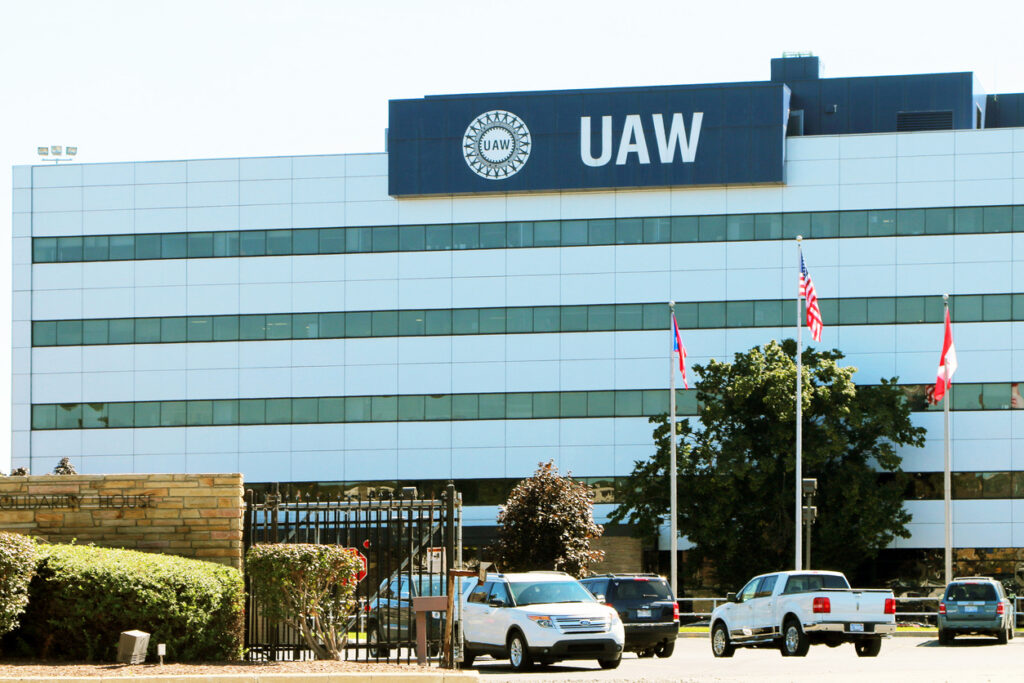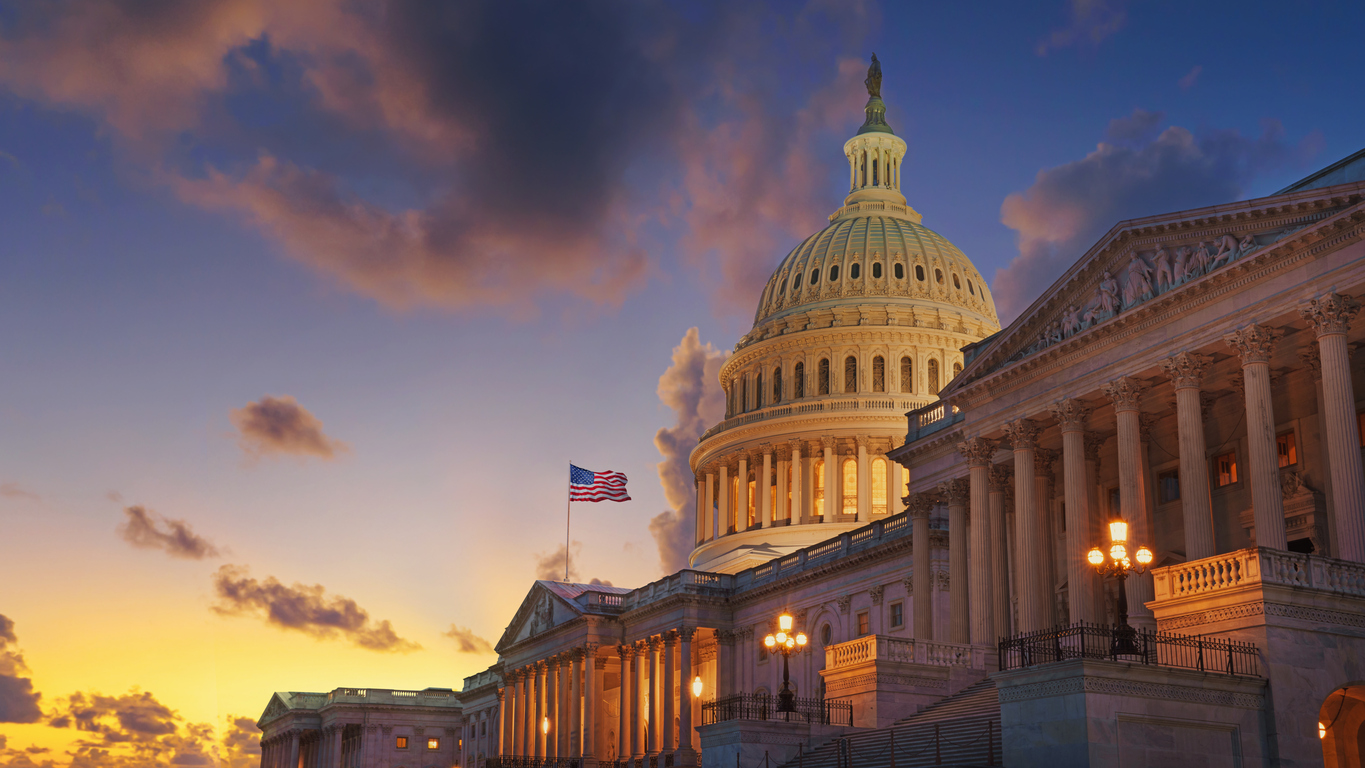
For the first time this year, mortgage rates have climbed past the 7 percent mark, with Freddie Mac reporting a significant jump to 7.1 percent this week from 6.88 percent last week. This uptick in rates adds a new layer of complexity for potential homebuyers who are now faced with the tough decision of entering the market now or waiting for a possible decline.
The Rising Rates: A Closer Look
Sam Khater, Freddie Mac’s Chief Economist, commented on the current climate in the housing market, noting a modest increase in purchase applications last week. Despite this, the sustainability of this trend remains uncertain as more buyers may find themselves priced out if rates continue to climb. This comes at a time when the National Association of Realtors (NAR) reported a 4.3 percent drop in existing home sales last month, with prices also on the rise, reaching an average of $393,500—an increase of 4.8 percent.
Economic Forces at Play
The mortgage rate landscape is closely tied to broader economic policies, particularly those of the Federal Reserve. Over the past two years, the Fed has implemented several rate hikes in an attempt to control inflation, which had reached a 40-year peak by mid-2022. Although inflation has shown signs of easing, expectations for immediate rate reductions have been tempered. The job market remains robust, which, while a good indicator of economic health, complicates the inflation outlook and the anticipated trajectory of interest rates.
In a recent statement, Fed Chair Jerome Powell hinted at a cautious approach going forward. Powell underscored that it would take longer than expected for the central bank to feel confident that inflation is moving towards its 2 percent target. This stance suggests that potential rate cuts might not materialize until later in the year, adding another layer of uncertainty for those looking to buy homes.
What This Means for Homebuyers
The rising mortgage rates present a double-edged sword. On one hand, locking in a rate now could protect buyers from future increases, which could make purchasing a home even more expensive down the line. On the other hand, waiting could benefit buyers if rates decrease later. However, this is a gamble with no guarantee of lower rates in the near future.
Lawrence Yun, Chief Economist at NAR, points out that despite a strong job market signaling a high potential for homebuyers, the high rates are stifling the ability of these buyers to make purchases. The market is currently “stuck,” as Yun puts it, constrained by these high costs of borrowing.
Looking Ahead: Strategies for Prospective Homebuyers
Given the current economic landscape, here are several strategies prospective homebuyers might consider:
- Stay Informed: Keeping an eye on economic indicators and statements from the Federal Reserve can provide clues about where mortgage rates might head.
- Evaluate Financial Health: Buyers should assess their financial situation, considering how much they can afford to spend and how fluctuations in mortgage rates might affect their monthly payments.
- Explore Loan Options: There are various mortgage types available. Fixed-rate mortgages offer stability in monthly payments, while adjustable-rate mortgages might initially provide lower rates.
- Consider Timing: While timing the market perfectly is not possible, understanding your own financial readiness and market conditions can help in making a more informed decision.
Conclusion
Navigating the homebuying process in 2024 requires a keen understanding of how economic forces intersect with personal financial circumstances. With mortgage rates surpassing 7 percent for the first time this year, the decision to buy a home has become more daunting for many Americans. However, by staying informed and carefully considering their options, potential buyers can make decisions that align with both their financial goals and the realities of the current economic environment. As the year unfolds, monitoring these trends will be crucial for anyone looking to dive into the housing market.











